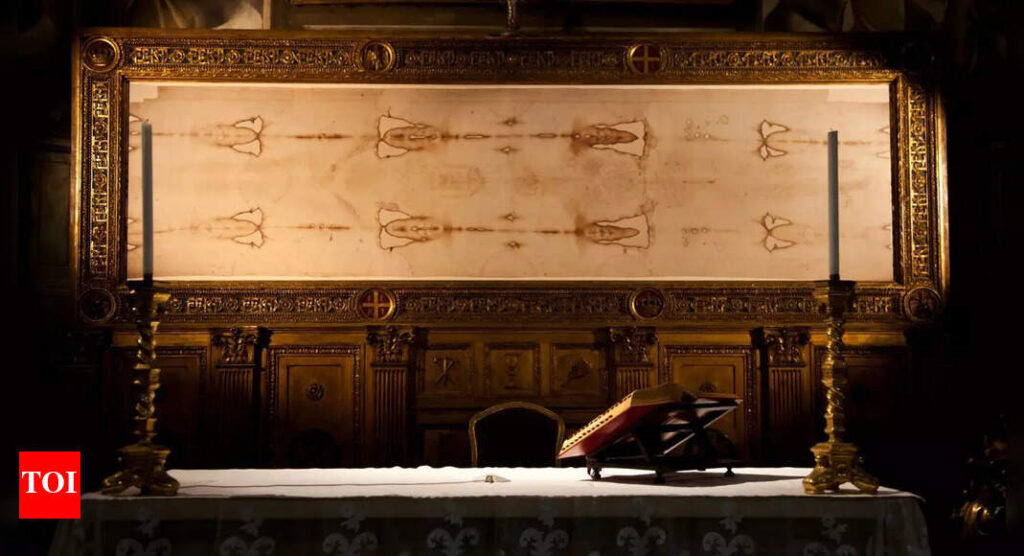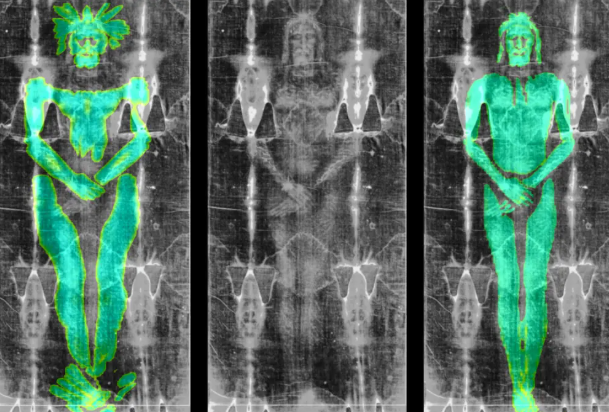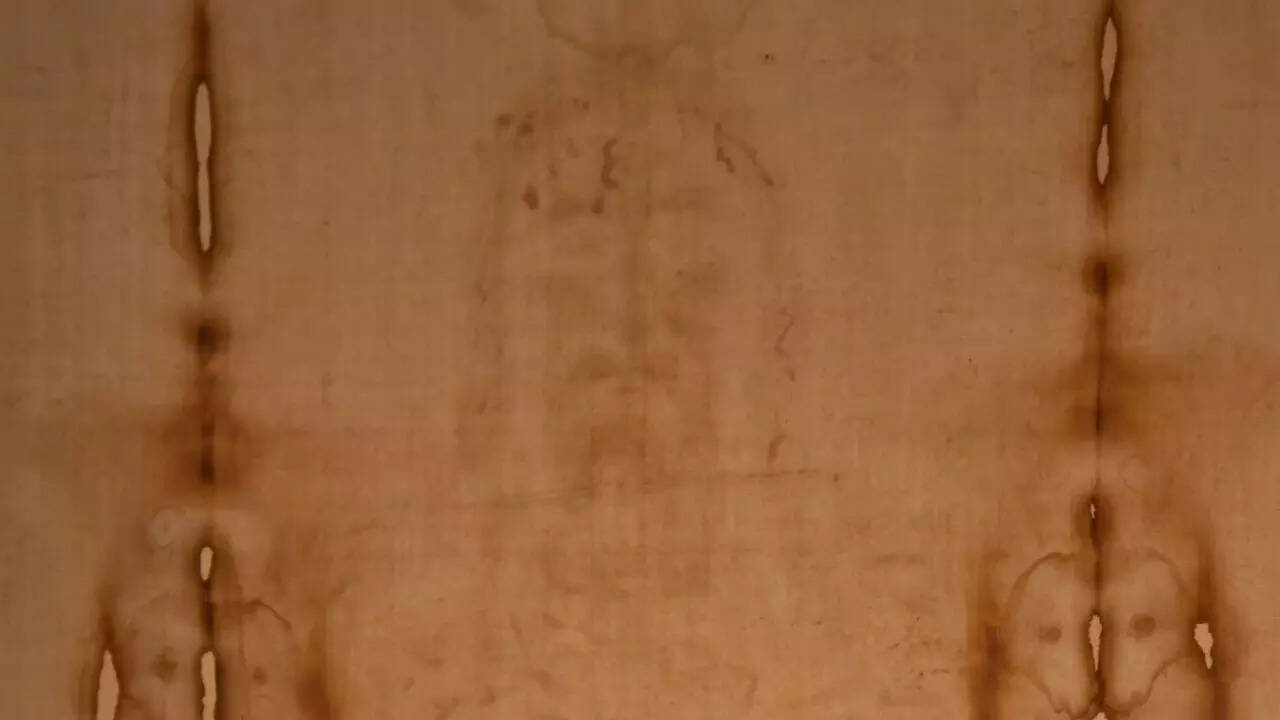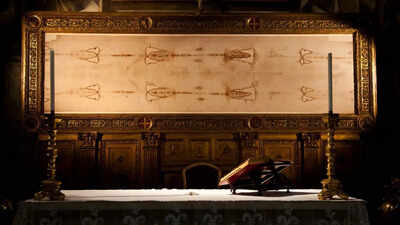Study says the Shroud of Turin image was created with art, not a human body imprint

Sometimes, old mysteries stick around longer than we expect and often spark debate across generations. They make us wonder what’s real, what’s legend, and where history and belief overlap. One of those long-standing mysteries is the Shroud of Turin, a cloth that has been an area of discussion for believers, historians, and scientists.Recently, the Shroud of Turin has been back in the spotlight because of new research that claims contrary to what is believed popularly!What does the study claimA new study published in Archaeometry by Brazilian 3D artist Cicero Moraes puts forward a claim that suggests the image on the Shroud of Turin more closely resembles an artwork than the imprint of a real body.

Photo via Cicero Moraes
What is the Shroud of Turin?
The famous linen cloth, measuring about 14.5 feet long and 3.7 feet wide, is one of the most well-known religious relics in the world. It shows the image of a man who was crucified, and many believers and religious experts think this image was created when the shroud was wrapped around Jesus’ body after he was taken down from the cross around 2,000 years ago.
Why does the scientist make contrasting claims?
Using accessible software, including MakeHuman, Blender, and CloudCompare, Moraes created two digital models, one of a three-dimensional human body and the other a low-relief sculpture. He simulated how fabric would drape over each form and compared the results with historical photos of the shroud.The projection from the low-relief sculpture matched the original much more closely, while the human-body simulation produced distortion, or the “Agamemnon Mask Effect”, which happens when you press a flat object, like a painted face, onto cloth, it creates a stretched, warped image instead of a clear, real-life impression.Moraes, the study author, said, “The contact pattern generated by the low-relief model is more compatible with the Shroud’s image, showing less anatomical distortion and greater fidelity to the observed contours”. He further said that such a sculpture could have been crafted from wood, stone, or metal, potentially painted or heated to leave the religious imprint seen on the linen.Supporting the medieval-art theory, 1989 carbon dating places the shroud’s origin between 1260 and 1390 AD, aligning with common funerary art practices of that era. Moraes himself calls the artifact “a masterpiece of Christian art”.

Other operational bodies have contrasting theories
The International Center for Studies on the Shroud (CISS) and church officials point out that the Métallographic and chemical complexities of the shroud, like microscopic oxidation, ultraviolet-responsive layers, pollen residues from the Holy Land, and blood-stain patterns, cannot be explained by a simple relief model.Still, Moraes sees his work not as the final word, but as a fresh lens: “This work not only offers another perspective on the origin of the Shroud of Turin’s image but also highlights the potential of digital technologies to address or unravel historical mysteries”, as per reports by the Phys.org.







